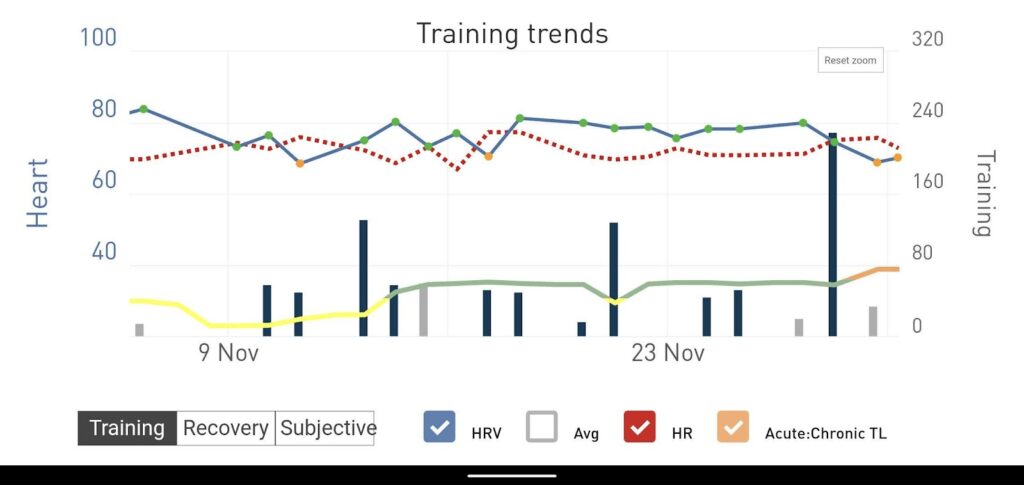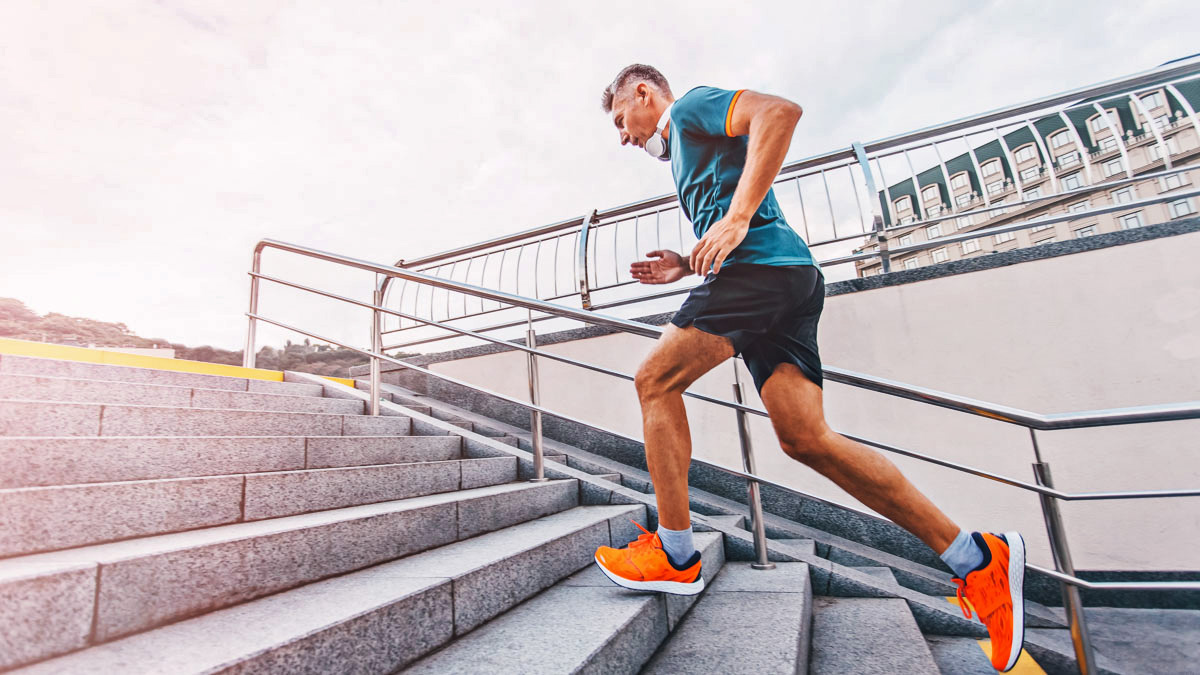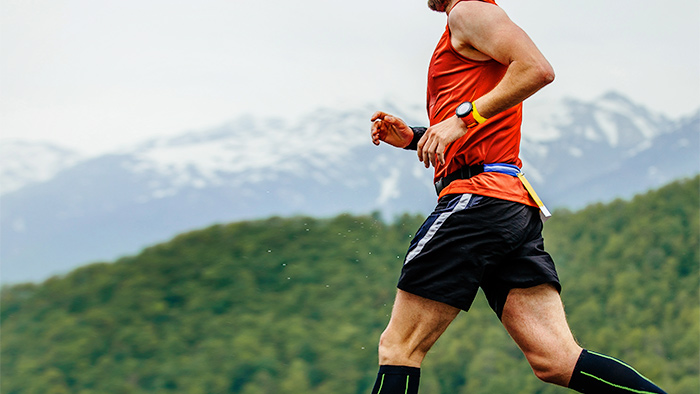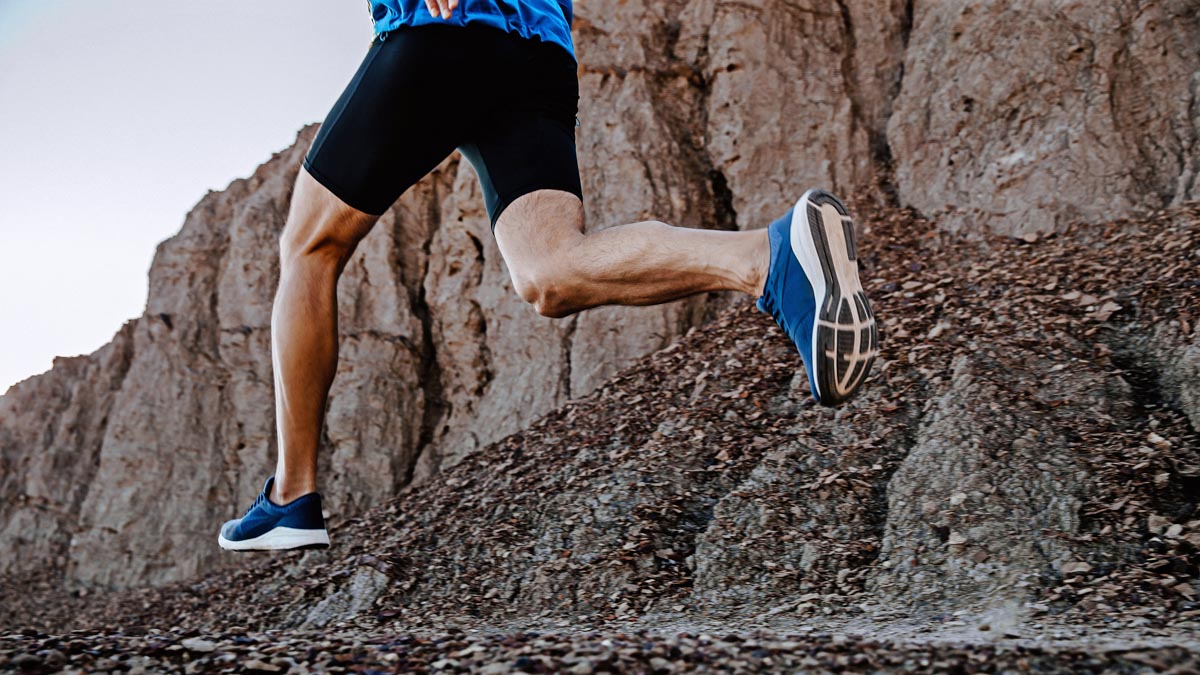It’s inevitable that as we age, we lose some of our athletic ability. Masters athletes, generally defined as athletes aged 35 and up, face numerous challenges, including longer recovery periods, lower anaerobic capacity, and more cardiovascular abnormalities compared to their younger competitors. This makes fitness tracking imperative in preventing long-term health effects. In addition to other metrics, masters should also monitor their heart rate variability (HRV) for greater insight into the effectiveness of their training and recovery.
Heart Rate Variability in Masters
Heart rate variability measures time variations between heartbeats. It is a convenient way to measure the health of the body’s autonomic nervous system, which acts as the master control system of the body. It’s, therefore, an excellent metric to assess fitness and performance. Higher HRV generally equates to a higher level of physical fitness.
In the general population, HRV normally declines with age, and this decline is associated with a variety of challenges, including reduced immune system performance and increased levels of inflammation. Amongst masters athletes, however, HRV metrics prove more complex.
Few studies have looked specifically at HRV in masters athletes, but the limited results are telling. A 2006 study found that well-trained athletes over the age of 50 had similar post-exercise HRV to that of younger people. A carefully conducted 2019 study on masters sprint and endurance athletes in Brazil found that they had higher HRV than their age-matched control group and even had similar HRV to sedentary people who were 20 years younger. The authors concluded that lifelong, regular exercise helps maintain the flexibility of the autonomic nervous system, which likely contributes to healthy functional aging.
How Training Affects Masters’ Health
Although lifelong exercise brings an enormous number of benefits, it can come with some unwanted cardiovascular side effects, such as heart rhythm abnormalities and arterial stiffening.
Masters athletes must think carefully about long-term health, particularly of the heart and major blood vessels.
During hard exercise, such as a one-hour time trial, the heart pumps 30-35 liters of blood per minute — the equivalent of 10 gallons — compared to about 5 liters per minute at rest. Blood pressure can reach 200/85 mm Hg in order to achieve these flow rates, requiring the heart to work laboriously.
Compelling research regarding masters athlete heart health has been found in studies monitoring levels of troponin, the chemical distress signal that the heart releases when overstressed. Evidence suggests that intense, prolonged exercise over the age of 45 causes microdamage to the heart chambers that will accumulate over time and may eventually develop into atrial fibrillation. This means that training predominantly at lower heart rates and allowing for adequate recovery is crucial. Here’s where monitoring your HRV comes into play.
Why Monitoring HRV is Essential for Masters
An example of the need for a longer recovery period can be seen in the chart below, taken from a 56-year-old cyclist.

The tallest black bar on the right-hand side of the chart shows a training load significantly higher than usual for that day of the week, reaching a Training Stress Score® of about 220 compared to the usual 120. HRV consequently falls from the baseline of 78 to 69. The last two points on the chart are both orange, which indicates impaired recovery. Resting heart rate is also slightly elevated, though this change is not as clear as that of the HRV.
This offers a useful visual representation of the relationship between HRV, training stress, and recovery. In this case, the cyclist’s HRV is usually in a healthy range when adequate recovery follows manageable training stress. But when training stress increases dramatically, and the recovery isn’t sufficient, HRV falls. The HRV metric can therefore be used to assess if recovery is adequate, especially for masters athletes.
Recovery for a Long Endurance Career
The real challenge for masters athletes is recovery, and most would agree that they don’t recover or bounce back as well as they used to. This is partly due to the fact that while aerobic capacity remains steady, anaerobic capacity decreases with age, according to researchers.
Doctor Peter Reaburn, an Australian researcher who specializes in training masters athletes, conducted a study in 2017 that concluded that older athletes recover muscle function and performance at similar rates to younger athletes provided that the exercise was non-muscle fatiguing (e.g. aerobic cycling, easy-paced running, or low impact resistance training). However, following exercise that induced muscle damage, such as hard training, high-impact resistance, or racing, he found that older athletes took longer to recover muscle function and performance.
This may be due to the fact that older athletes are not able to synthesize protein and repair muscle damage as fast as younger ones.
That’s not to say that carefully timed intervals can’t produce increases in peak power output. One study found nearly 10% improvement in peak power output in 60-year-old male endurance athletes after a 6-week, low-volume series of HIIT workouts.
As we age, our body systems associated with repair function less effectively, and recovery takes longer. Muscle damage needs more dietary protein to repair, and we need to be careful with the amounts of high-intensity and high-impact exercise we perform in order to avoid long-term damage to the heart and blood vessels as well as higher levels of soreness and fatigue.
Monitoring HRV along with fatigue, soreness and recovery allows us to do a better job of looking after ourselves which will result in better levels of race day performance as we age, as well as greater satisfaction from our training.
This article was written with the help of Laura Durham.
References
(2017, January 26). Atrial Fibrillation (AF) and HRV. Retrieved from https://www.myithlete.com/atrial-fibrillation-af-and-hrv/
Brown, S. & Brown, J.A. (2007, February). Resting and Postexercise Cardiac Autonomic Control in Trained Masters Athletes. Retrieved from https://www.researchgate.net/publication/6622203_Resting_and_Postexercise_Cardiac_Autonomic_Control_in_Trained_Masters_Athletes
Deus, L.A. et al. (2019, June 1). Heart rate variability in middle-aged sprint and endurance athletes. Retrieved from https://www.sciencedirect.com/science/article/abs/pii/S0031938418309569
Gent, D.N. & Norton, K. (2012, September 13). Aging has greater impact on anaerobic versus aerobic power in trained masters athletes. Retrieved from https://www.tandfonline.com/doi/abs/10.1080/02640414.2012.721561
Herbert, P. et al. (2017, October). HIIT produces increases in muscle power and free testosterone in male masters athletes. Retrieved from https://pubmed.ncbi.nlm.nih.gov/28794164/
Wegerif, S. (2016, May 17). Heart Rate Variability and long life – what’s the connection? Retrieved from https://www.myithlete.com/blog-heart-rate-variability-long-life-whats-connection/








